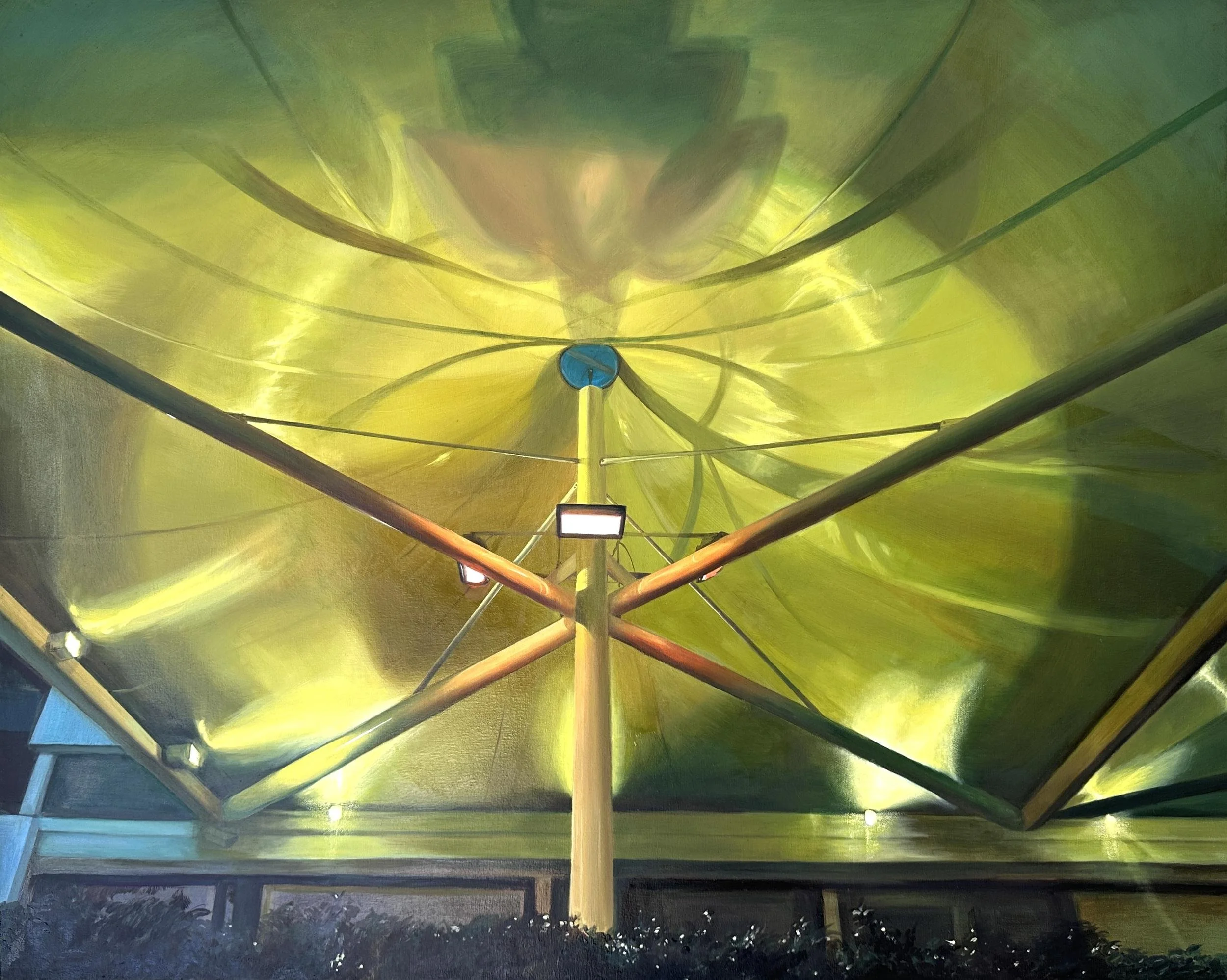Expanded Notions of Landscape as Witness
How contemporary artists are reimagining landscapes as sentient records of human and ecological histories.
In the past, landscapes were often framed as passive scenery, backdrops to human activity that remained silent and unchanging. Today, a growing number of artists are challenging this perspective, treating the land itself as an active participant and witness to cultural, environmental, and political forces. This shift reflects a deeper desire to understand place not as an empty canvas but as a living archive shaped by memory, trauma, and transformation.
The Wellcome Collection’s exhibition Thirst: In Search of Freshwater is a compelling example of this expanded vision. By exploring humanity’s relationship to water, the exhibition reveals how rivers, aquifers, and reservoirs embody the consequences of extraction and exploitation. These natural systems do not simply sustain life. They remember. They trace the histories of colonial resource extraction, industrial pollution, and climate disruption, all while pointing toward possible futures of restoration and reciprocity.
Yiwen Li’s paintings respond to the environment by translating landscapes into layered compositions that hover between observation and invention. Drawing on memories of the Henan plains, her canvases blur real topographies with imagined horizons, revealing how the land itself becomes a vessel for personal and collective histories. Through subtle gradients and shifting light, she suggests that place is never static but always in negotiation with perception. Her work resists the fixed perspectives of traditional landscape painting, instead offering a space where memory, desire, and environmental change converge.
This reimagining of landscape aligns with the SUPERWRX commitment to post-human aesthetics and the refusal to separate human histories from ecological ones. It challenges audiences to reconsider the ethics of observation. If a place can bear witness, what responsibilities do we carry toward it? What stories do we inherit when we enter a landscape that remembers everything?
These artists are not offering easy answers. Instead, they are creating spaces where audiences can encounter the unsettling possibility that environments are sentient and that our actions are never truly erased. This is a perspective with profound implications. In a century defined by climate emergency, it suggests that remediation must begin with a willingness to listen to the land itself.
This reframing also invites viewers to question their own assumptions about nature and culture. Can we learn to perceive landscape as both subject and record? Are we prepared to be accountable to what it reveals? In a world saturated with distraction and spectacle, these questions feel both urgent and transformative.
Examples:

